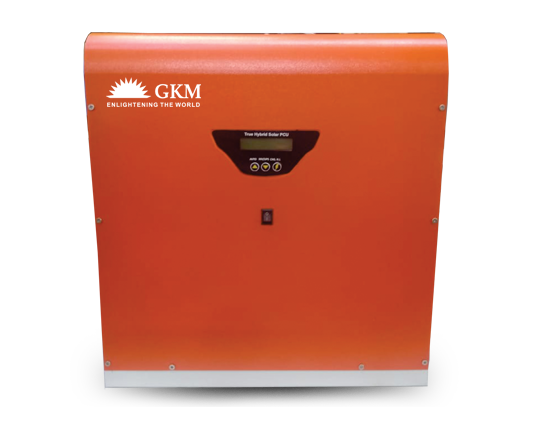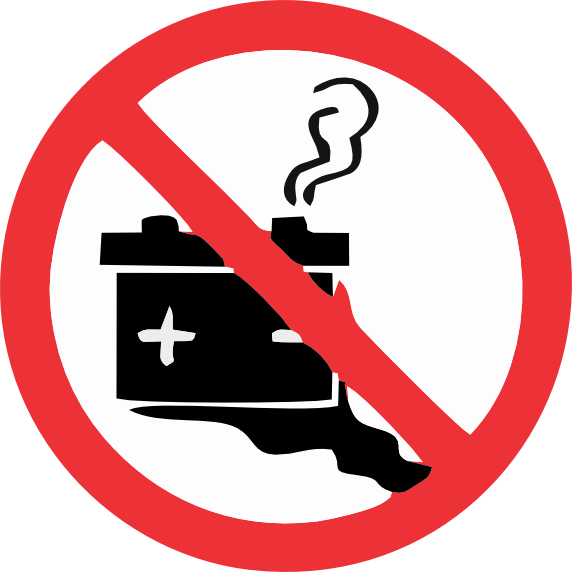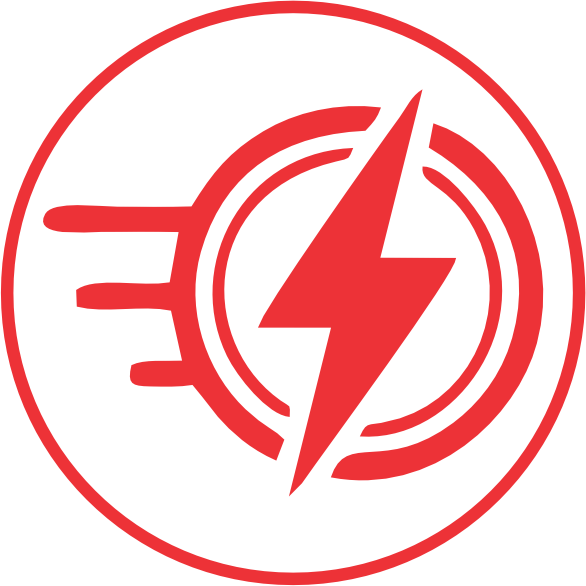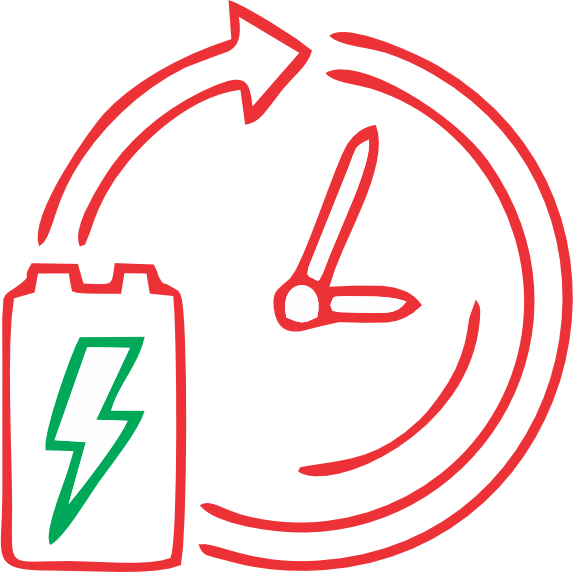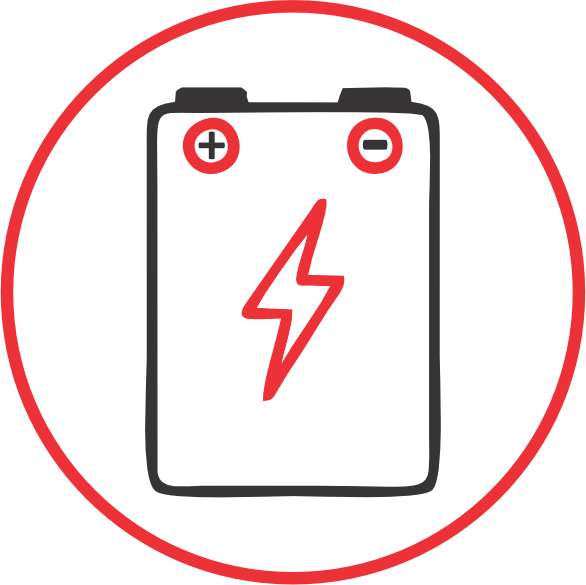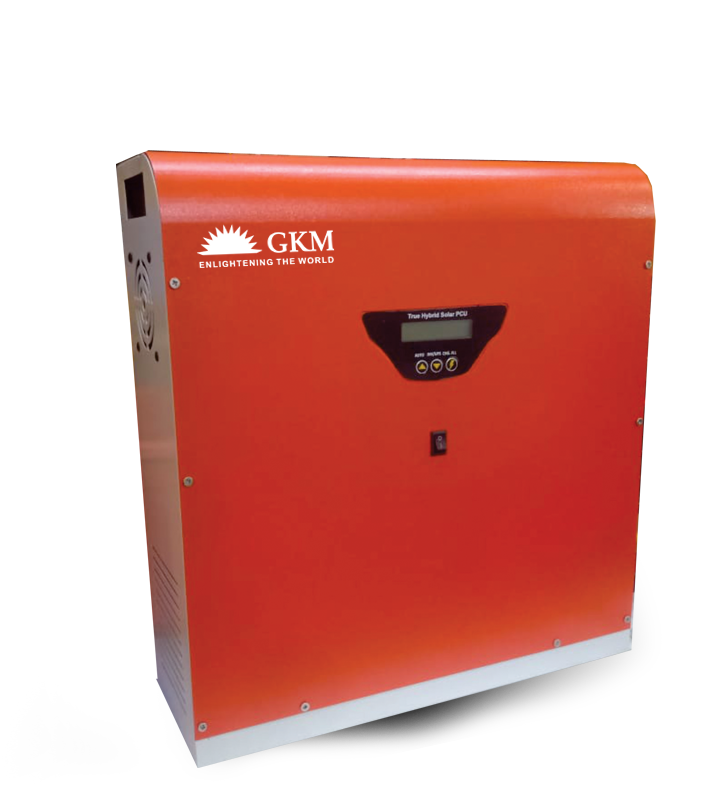Wall Mount Inverter (LithiVolt Pro)
A wall-mount inbuilt lithium battery inverter offers a convenient and efficient solution for integrating battery storage and inverter functionality into a single unit. It addresses the growing demand for energy storage solutions that maximize the benefits of solar energy while ensuring reliable and sustainable power supply. Before choosing a system, carefully assess your energy requirements, system compatibility, and regulatory considerations to select the most suitable solution for your home or business.

